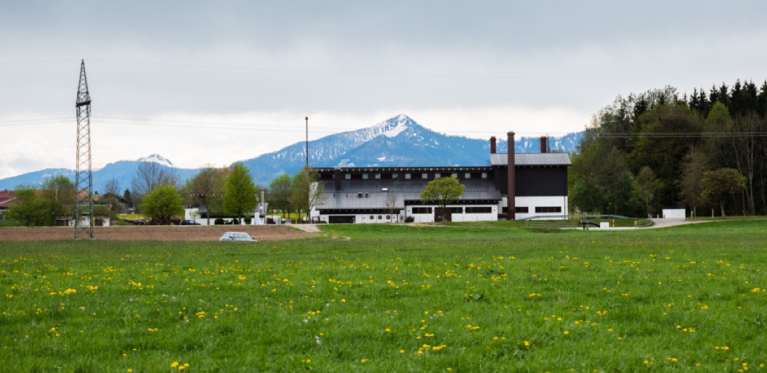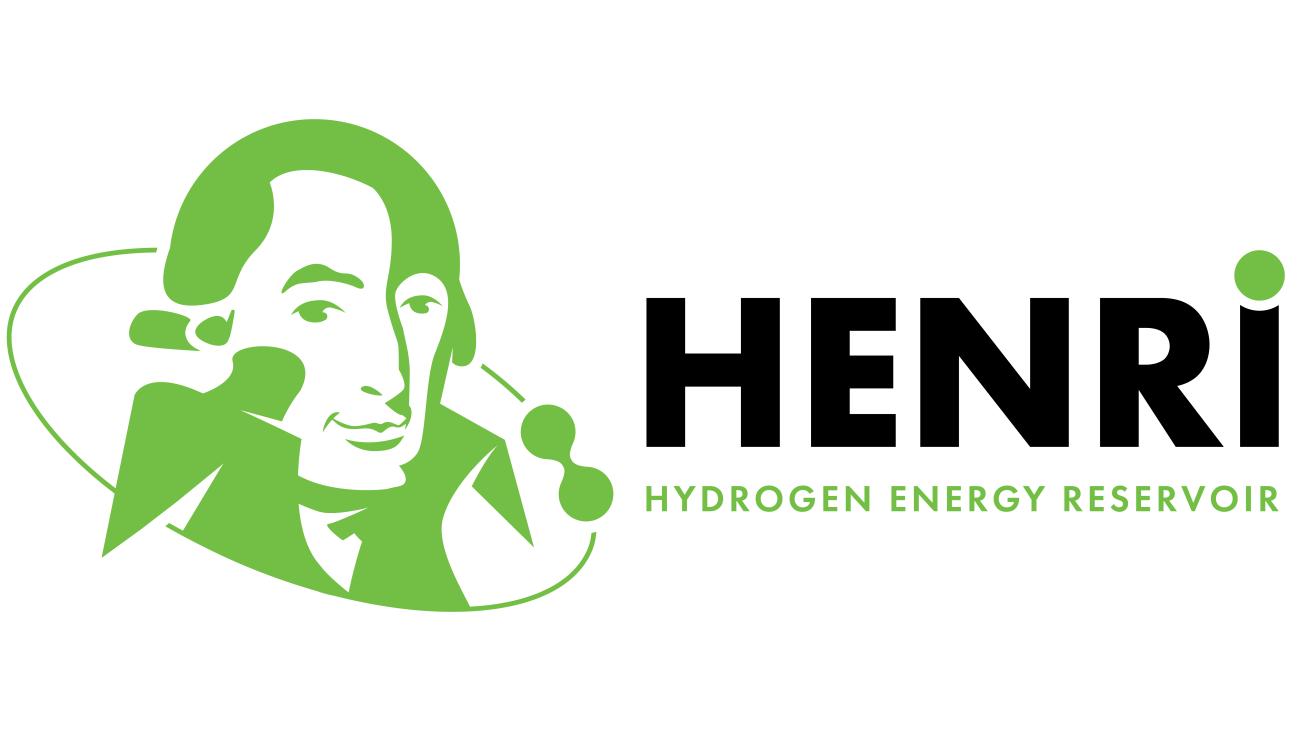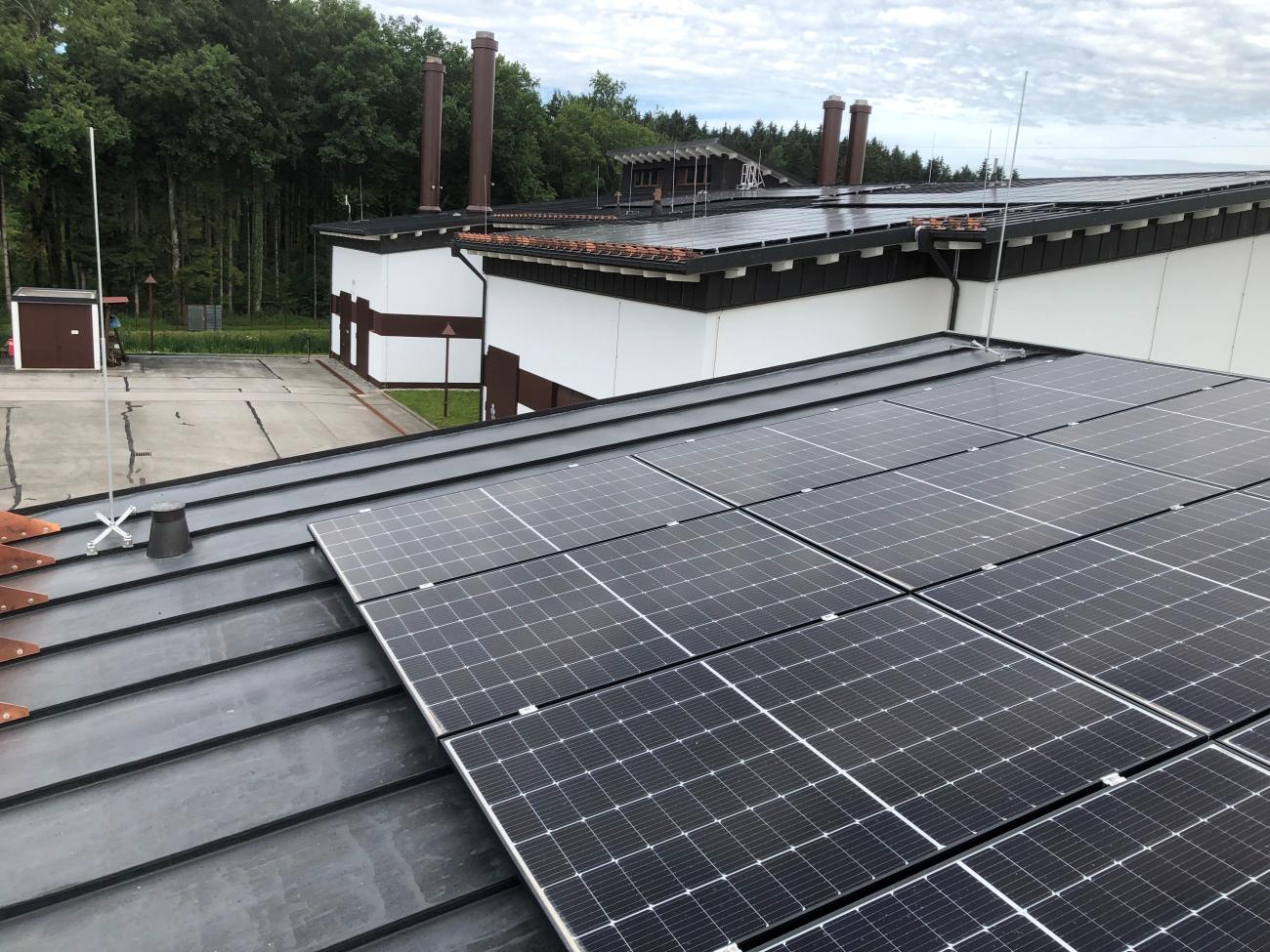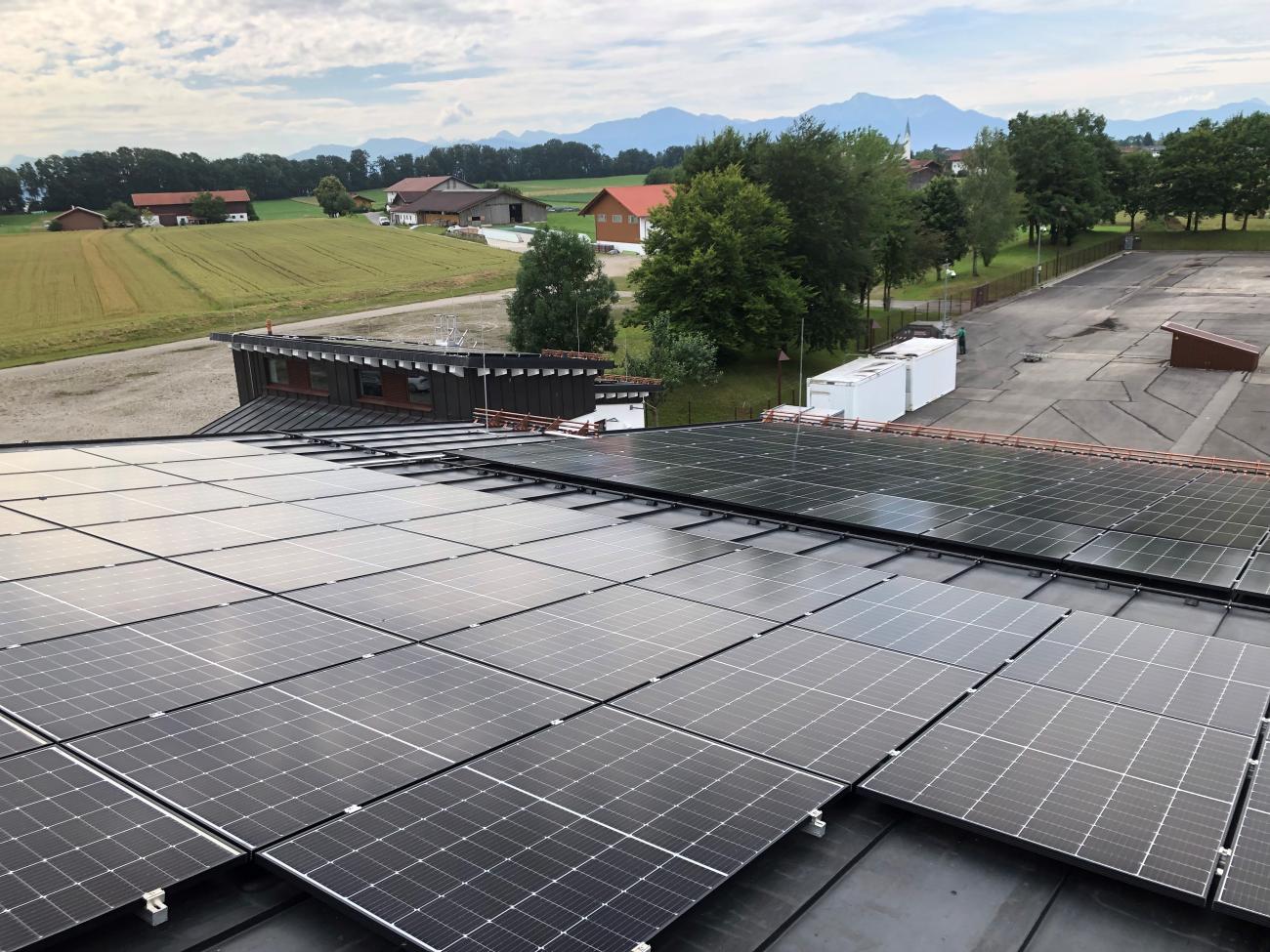Storage facilities are playing a critical role in the gas chain. Thanks to the vision of cooperation in renewable resources, they clearly have something to offer for the future of energy, too.
NAFTA’s many years of technical experience in underground natural gas storage will also be capitalized in the planned transition to low-carbon energy, particularly in the incorporation of innovative energy storage methods. It has been actively engaged in innovative and development projects for some time. There is a strong view among us of the possibilities for cooperation between gas and renewable energy in the future. Our innovation department is concentrating on the development of potential joint ventures both in this area and in our own projects.
The advantage of storing renewables in the form of H₂ in existing natural gas storage facilities is both their enormous capacity and seasonality. No other technology today can warehouse so much energy over the long term - months or even years - like molecular storage. There is space not just for natural gas storage facilities, but also for the entire gas industry as an element in the low-carbon transformation of energy and the energy economy.







